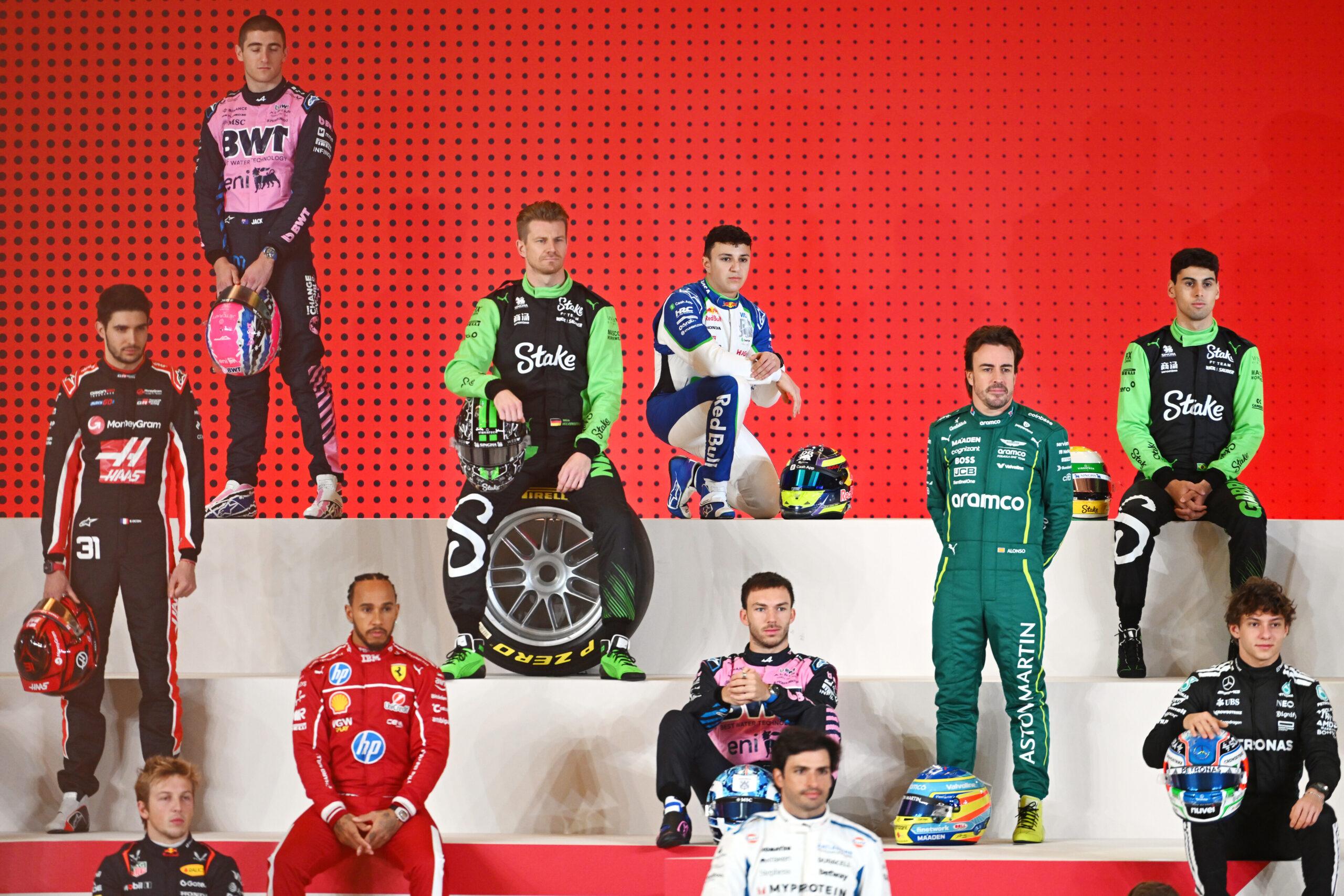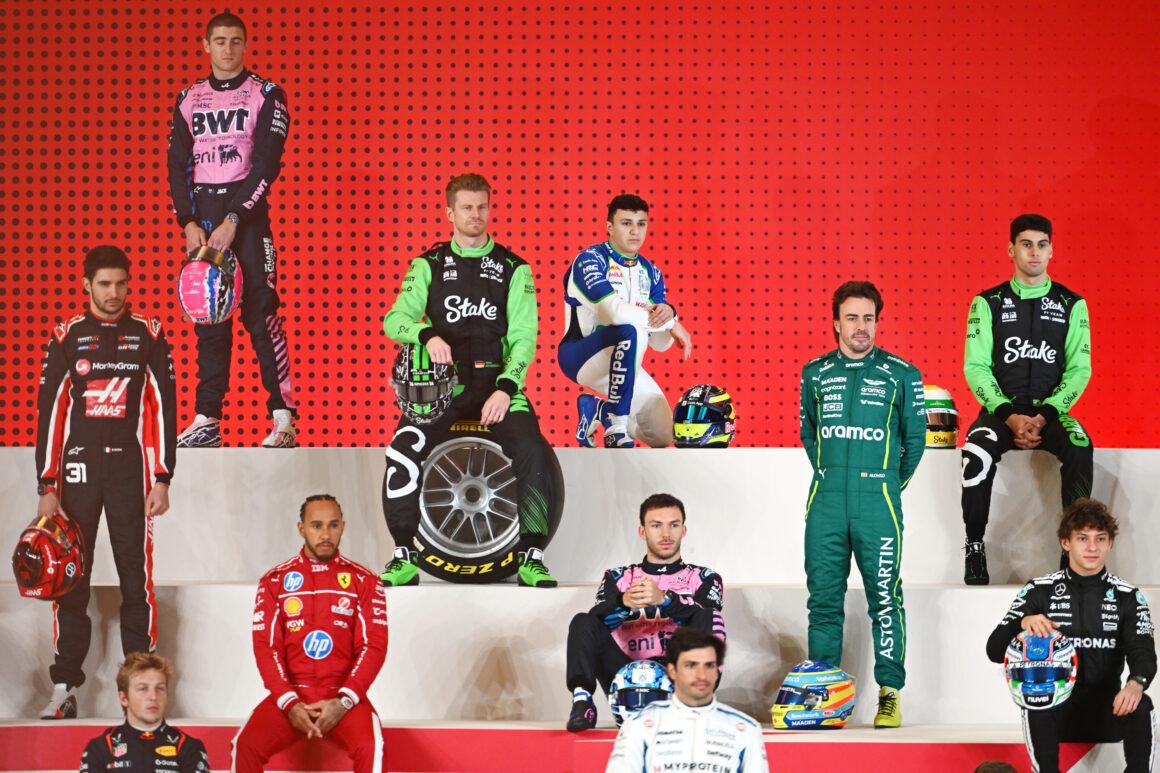Here’s the truth the TV graphics won’t tell you: under a yellow flag, drivers aren’t “cruising.” They’re managing pace to a strict delta, and when the Safety Car shows up, it sets a pace that feels slow on camera but is quietly brutal. Think controlled sprint, not Sunday drive. Anyone who treats it like a parade? File this under: Yikes.
The confusion comes from two different phases: single or double yellow flag periods where drivers follow a time delta, and full Safety Car deploys where the field follows a physical car. Very different animals. And yes, both can ruin your race if you get sloppy with the rules.
Yellow Flag Pace: Delta-Land, Not Guesswork
Under a local yellow, drivers must lift, no overtakes, and control their pace. Under a double yellow, expect a much bigger lift and demonstrable reduction in speed. They’re not eyeballing it; the FIA enforces a per-sector delta time relative to a reference lap. Blow that delta? You earn a date with the stewards.
This isn’t about top speed. It’s about proving you slowed enough where it mattered. That’s why you’ll see drivers blitz non-affected sectors and crawl through the flagged zone. Smart. Legal. Annoying if you’re behind a cautious rival.
What “Delta” Really Means
Drivers follow an FIA-managed “minimum time” through each mini-sector. If a car is stopped, debris is out, or recovery vehicles are present, they must be significantly slower than the reference. No arguments. The system logs it. Somewhere, a PR manager just had a minor stroke.
And yes, the delta tightens during serious incidents. The FIA doesn’t play around with safety margins. You want to go fast? Do it when nobody’s sweeping carbon fiber off the racing line.
Safety Car Pace: Not Slow, Just Controlled
When the Safety Car is deployed, it sets the pace—and it’s quicker than you think. Typical Safety Car speed varies by track and conditions, roughly in the 150–200 km/h range on straights when it’s dry, slower through corners, and much slower in the wet. That’s deliberate. The goal is to keep tires and brakes alive but keep marshals safer than your points finish.
Think you can nap behind it? Ask anyone who’s locked up into Turn 1 on a restart. Cold tires don’t care about your excuses.
Virtual Safety Car vs Full Safety Car
The Virtual Safety Car (VSC) is a rolling time lock. Every car must drive to a set lap-time target, essentially a percentage slower than racing speed. You stay under the deltas everywhere, not just the incident zone. No bunching, no divebombs. The competition? Reduced to expensive spectators.
The full Safety Car is the opposite: cars bunch up, gaps vanish, strategies explode. The plot thickens like a strategist’s excuse list. And the Safety Car’s pace will adjust to conditions—faster in clean, dry air; slower if the track is slick or recovery vehicles are active.
How Drivers Manage Tires, Brakes, And Luck
Under the Safety Car, drivers will weave, brake hard, and accelerate to keep tire temperature and brake temps in the window. It looks silly. It’s vital. Cold fronts mean understeer city. Cold rears? Hello, pirouette. Sainz’s spin was so spectacular, somewhere Grosjean is taking notes.
If conditions are wet, the Safety Car moves slower, and cooling becomes a nightmare. The rain shows up like that friend who always causes drama at parties. Restarts get spicy. And by spicy, we mean expensive.
Why Safety Car Speed Isn’t Fixed
It depends on track layout, weather, debris, and the result the FIA wants: maintain safe conditions and not freeze the field. On high-speed circuits with long straights, the Safety Car can run decently fast to keep temperatures up. In twisty sectors? Expect slower pace and more weaving. Somewhere, a strategist screams into a headset.
Remember: F1 Safety Cars aren’t road cars. They’re purpose-prepped beasts. Still, they’re nowhere near F1 race pace. That’s the point. Control first, show later.
Restarts: Where Heroes Eat And Amateurs Panic
Once the incident is clear, the Safety Car peels in and hands control to the leader. That’s when the games begin. Expect the leader to back the pack up, slam the throttle at a weird spot, and try to make everyone else look like they’re dragging a caravan.
Classic Alonso late-braking on a restart? The move that’s sent more drivers wide than a bad GPS. Lights out and away we… oh wait, he already won the mind games.
Common Myths And Reality Checks
- “Safety Car is slow.” Reality: It’s controlled. Purposeful. Still quick enough to keep temps alive.
- “Yellow flag means lift a bit.” Reality: The delta will catch you. And the stewards too.
- “VSC is the same as Safety Car.” Reality: VSC freezes gaps. Safety Car nukes them.
- “Drivers guess their pace.” Reality: They stare at dash deltas like rent’s due.
Strategy: Winners Exploit, Losers Complain
Under VSC, the pit lane becomes a math test. Shorter effective pit loss? Yes. But only if you nail the timing. Miss by a second, and your rival just got a free stop while you collect disappointments like they’re Pokemon cards.
Under a full Safety Car, the bunching resets everything. Track position reigns. If you pit at the wrong time, congratulations: that was another masterclass in how NOT to manage a race.
Key Takeaways: How Fast Is “Fast Enough”?
Under yellow flags, drivers are governed by time deltas, not raw speed. Under the Safety Car, the pace sits around a brisk touring speed—fast on straights when it’s safe, slower in danger zones, and deliberate in the wet. It’s not about spectacle. It’s about control.
So how fast? Fast enough to keep the show alive. Slow enough not to turn marshals into statistics. And perfectly tuned to expose anyone who didn’t do their homework. The competition? Reduced to expensive spectators, until the restart bites.

